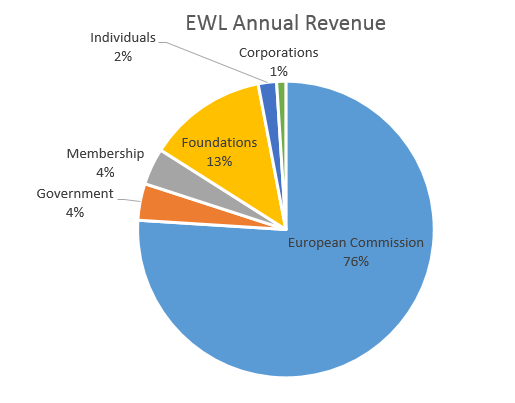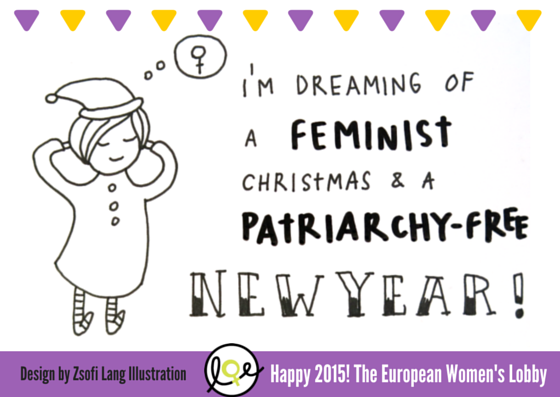Facts and figures about violence against women
- 1 in 5 Irish women who have been in a relationship have been abused by a current or former partner [O’Connor, M, & Kelleher Associates, [O’Connor, M, & Kelleher Associates, Making the Links, Women’s Aid, 1995].
- In 2010, there were 13,575 incidents of domestic violence disclosed to the Women’s Aid National Freephone Helpline, made up of 8,351 incidents of emotional abuse, 3,031 incidents of physical abuse, 1,605 incidents of financial abuse and 588 incidents of sexual abuse, including 213 incidents of rape [Women’s Aid National Helpline & Support Services Annual Statistics 2010].
- 1 in 7 women in Ireland compared to 1 in 17 men experience severe domestic violence. Women are over twice as likely as men to have experienced severe physical abuse, seven times more likely to have experienced sexual abuse, and are more likely to experience serious injuries than men [National Crime Council and ESRI, Domestic Abuse of Women and Men in Ireland, 2005].
- In 2010, there were 1,545 admissions of women and 2,355 admissions of children to refuge in Ireland [SAFE Ireland (2011) 2010 Annual Statistics].
- In 2010, on over 3,236 occasions services were unable to accommodate women and their children because the refuge was full or there was no refuge in their area [SAFE Ireland (2011) 2010 Annual Statistics].
- In a survey of 48 Dublin households in refuge and transitional accommodation, 40 had children (96 children total). 59% of women were aged 26-39 years old [Counted In, 2008: A report on the extent of homelessness in Dublin, Homeless Agency, (including the four domestic violence refuges in Dublin for the 1st time.)].
- The estimated economic cost of domestic violence to the Irish economy is €2.2billion a year. This is based on the Council of Europe (COE) figure that domestic violence costs each member state €555 per citizen (amounting to a total cost of €33 billion for the whole COE) annually in policing, health bills, lost productivity and court procedures [Ahern, TD, Dermot, Minister for Justice, speaking at the International Conference on Domestic Violence, Waterford, May 2008, quoted in ‘Domestic Violence costs the country €2.2bn’, The Irish Examiner, 30.5.08].
- The SAVI Report, (McGee et al, 2002, The Liffey Press) discovered that 7.5 % of Irish women and 1.5 % of Irish men have experienced rape or attempted rape in adulthood. One in five women and one in ten men have experienced sexual assault in adulthood.
- In 2010 14 Rape Crisis Centers (RCCs) provided: 15,958 hours of counseling and support in Rape Crisis Centers and their outreaches; Over 1,265 hours were spent on Helpline calls, texts and emails throughout Ireland in 2010; 1,309 hours of accompanying survivors to arrange of different services including; Over 36,500 contact hours of education and training provided by RCCs to professionals, community members and young people [RCNI Annual report 2010].
- Of the 1,545 survivors of sexual violence who attended 14 Rape Crisis Centers in Ireland for counseling and support in 2010: 85% were female; and 15% were male. Eight out of ten of these 1,545 survivors were subjected to one incident of sexual violence (79.8%); Two out of ten survivors were subjected to more than one incident of sexual violence (20.2%) [RCNI Annual report 2010].
- Additional to the above Rape Crisis network Ireland figures, the Dublin rape Crisis centre national Helpline dealt with 11,618 calls in 2010. 83% of callers were female and 17% were male. Individual face to face counseling sessions were provided on 3,790 occasions and 391 hours of group therapy were delivered to a total of 549 clients [DRCC Annual report 2010]
- In 2010 Ruhama engaged in individual casework with 80 women who were victims of trafficking and 60 women who were otherwise involved in prostitution. They worked with a further 64 women in street prostitution, exclusively through their street outreach service [Ruhama annual report 2010].
- Only 29% of women who had experienced severe abuse had reported it to An Garda Síochána [National Crime Council and ESRI, Domestic Abuse of Women and Men in Ireland, 2005].
- In 2010 there were 9,945 applications under the Domestic Violence Act (1996). 2,726 Barring orders were applied for and 1,064 were granted; 3,561 Safety orders were applied for and 1,457 were granted; 2,926 Protection orders were applied for and 2672 were granted and 530 Interim Barring orders were applied for and 431 granted. In all types of orders except Protection orders, the majority of the orders that were not granted were struck out/withdrawn [Central Statistics Office (2011) Court Services Statistics for 2010].
- There were 1,184 incidents of Breaching Domestic Violence Orders Offences in 2006. This resulted in 349 convictions. 95% of persons convicted were male [Central Statistics Office (2008) Garda Recorded Crime Statistics 2003-2006].
- National research carried out in 1999 found that between 1% and 6% of domestic violence offenders in Ireland receive a prison sentence [Kelleher & O’Connor, Safety and Sanctions, Women’s Aid, 1999].
- Figures on Rape cases which have progressed to the criminal justice system, from the Irish Court service report 2010 are on p 59 in this document.
NGO cooperation
The National Women’s Council of Ireland (NWCI), as part of the European Women’s Lobby, launched the first national observatory on violence against women at the European Commission offices in Dublin, in April 2002. The National Women’s Council of Ireland is the umbrella organization for a very broad and diverse group of women’s organizations, has a strong lobbying and communications function.
The Irish Observatory on Violence Against Women has representation from: Womens’ groups with expertise in domestic violence, sexual violence, migrant women’s experience, prostitution and trafficking and human rights advocacy. The group meets on a quarterly basis. The current Irish national expert on violence against women to the EWL Observatory is Sarah Benson, CEO with Ruhama which is the national organization supporting women affected by prostitution and sex trafficking. Broadly, there is significant cooperation between the NGOs working on violence against women at both a frontline and a policy level.
Examples of current campaigns in Ireland involving cooperation between NGOs include:
- The “Turn Off the Red Light” Campaign to end prostitution and sex trafficking, of which all the above noted NGOs are members – alongside dozens of other organisations. The Turn Off the Red Light campaign is also a partner with the EWL “End Prostitution Now” campaign.
- “The Other Half” campaign to raise awareness of domestic violence is a partnership between the domestic and sexual violence networks (SAFE Ireland & the Rape Crisis Network Ireland) and the Men’s Development Network.
- A number of Irish NGOs are also connected with WAVE Network & European Information Centre Against Violence
Statutory structures in which NGOs engage:
The Irish government has established COSC, The National Office for the Prevention of Domestic, Sexual and Gender-based Violence. This office is a part of the Department of Justice Equality and Defense and facilitates the National Steering Committee on Violence against Women which has membership of both statutory and Non-governmental agencies concerned with VAW.
The Anti Human Trafficking Unit is another office which is part of The Department of Justice Equality and Defense and this unit facilitates a number of forums where statutory and Non-Governmental agencies engage on the issue of Human Trafficking.
National Legislation
Legislation relating to Rape and sexual assault.
Sexual Offences Act 1993 (covers offences in relation to prostitution).
Criminal Law (Human Trafficking) Act 2008.
In addition, the standard Criminal Legislation regarding assault and harassment is the Non-Fatal Offences Against the Person Act 1997.
Other resources
- Akidwa (Migrant women’s network) “Am Only Saying It Now – experiences of women seeking asylum in Ireland”.
- Dublin rape Crisis Centre Annual Report 2010.
- Immigrant Council of Ireland, in partnership with Ruhama and the Women’s Health Project (HSE) and Ruhama: “Globalisation, Sex Trafficking and Prostitution: The experiences of Migrant women in Ireland” Kelleher et al 2009 Web: www.rcni.ie
- Rape Crisis Network Ireland Annual Report 2010. Web: www.rcni.ie
- Ruhama [Women affected by prostitution and Trafficking] Statistics report 2010: http://www.ruhama.ie/easyedit/files/2010statsreportruhama.pdf. Web: www.ruhama.ie
- SAFE Ireland [Domestic Violence] National statistics 2010. Web: www.safeireland.ie
- Women’s Aid [Domestic Violence] Annual statistics report 2010*. Web: www.womensaid.ie (*Note: The Women’s Aid National Freephone Helpline (1800 341900) is now accessible to women in 170 different languages. The new interpretation service allows women with limited or no English experiencing domestic violence to access free, confidential telephone support).
Contact:
Sarah Benson. Chief Executive Officer, Ruhama.
E-mail: sarah@ruhama.ie
Tel: +35 318 36 02 92


